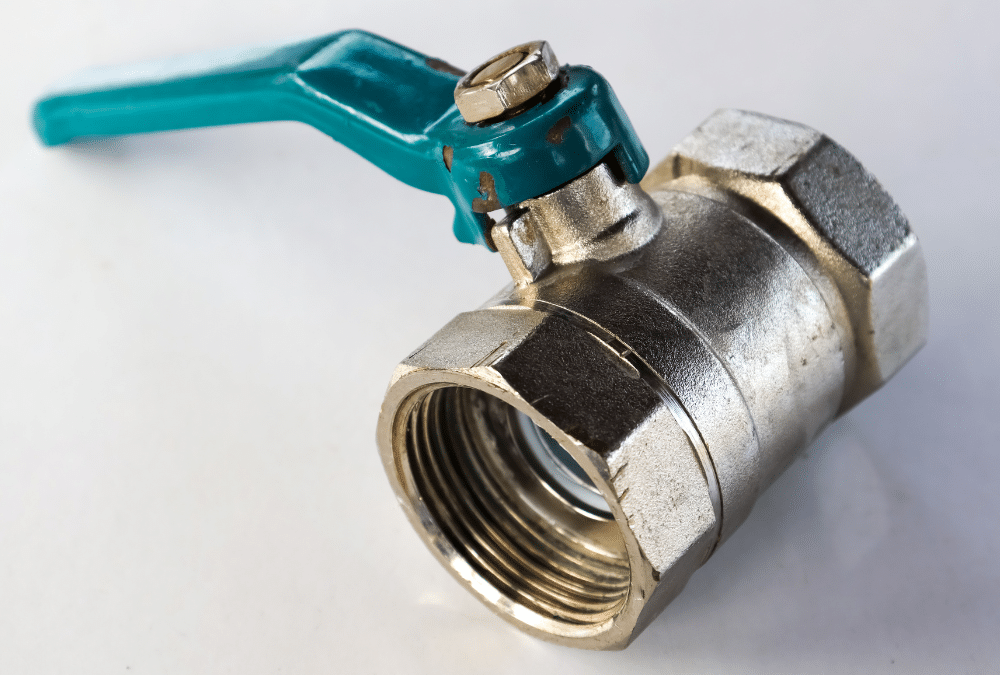Are you aware of the potential dangers lurking in your plumbing system? Backflow, a dangerous phenomenon where contaminated water flows back into clean water supply lines, can pose serious health risks. And while not many homeowners are familiar with this issue, it’s crucial to understand its importance when it comes to maintaining a safe and healthy living environment. As one of the leading plumbing repair companies in town, Jerry’s Plumbing Repair is dedicated to educating our customers on preventive measures that can avoid costly repairs and protect their families from harm. In this blog post, we’ll dive deeper into what causes backflow and why investing in preventative methods such as backflow prevention devices is essential for every household. So sit tight and let us enlighten you on how to keep your plumbing system safe from backflow!
Understanding Backflow And Why It Is A Concern For Homeowners
As a homeowner, you want to take every possible step to ensure the safety and cleanliness of your indoor plumbing. One issue that can potentially compromise the integrity of your water supply is backflow. Essentially, backflow occurs when contaminated water flows back into your clean water supply, potentially carrying harmful pathogens with it. This can happen when the pressure in your plumbing system changes, such as during a water main break or a sudden demand for water in your area. The good news is that backflow prevention devices can be installed to prevent this from happening. By understanding the risks of backflow and taking preventative measures, you can help keep your water supply clean and safe for you and your family.
The Potential Health Risks Associated With Backflow Contamination In Your Home’s Water Supply
When we turn on our faucets, we trust that the water that comes out is clean and safe to use. However, many homeowners may not be aware of the potential health risks associated with backflow contamination in their home’s water supply. Backflow occurs when non-potable water, such as wastewater or chemicals, flows back into the clean water supply due to changes in pressure. This contaminated water can contain harmful bacteria, viruses, and chemicals that can cause serious health problems. It’s vital to have a backflow preventer installed to protect your family’s health and ensure the safety of your home’s water supply. Don’t take any chances when it comes to your health – be proactive and take steps to prevent backflow contamination in your home.
Different Types Of Backflow Prevention Devices And Their Effectiveness In Protecting Your Water Supply
Water contamination is a serious problem that can have severe health consequences. Fortunately, there are various types of backflow prevention devices that can help keep our water supply clean. Some common types include air gaps, check valves, and reduced pressure zone (RPZ) valves. Each of these devices works in a different way to prevent contaminated water from flowing back into the clean water supply. While no device can offer 100% protection, choosing the right device for your specific situation can greatly increase the effectiveness of your backflow prevention system. By taking preventative measures and keeping your backflow prevention devices well-maintained, you can rest assured that your water supply is safe and clean for consumption.
Common Causes Of Backflow, Including Cross Connections And Water Pressure Changes
Backflow is a problem that can happen in any plumbing system, and it is essential to understand the common causes to prevent it from occurring. Cross connections, the connection between a clean water source and a contaminated one, can cause backflow by allowing unwanted substances to enter the clean water supply. Water pressure changes, such as low pressure or sudden increases, can create a reverse flow in the pipes, causing a backflow of contaminated water. It’s imperative to identify and eliminate these causes, as backflow can lead to harmful health effects and damage to plumbing systems. So, next time you experience backflow, make sure to check for these common causes to prevent it from happening in the future.
Steps To Take To Prevent Backflow From Occurring In Your Home
Backflow occurs when non-potable water flows in the opposite direction and contaminates your home’s potable water supply. This can lead to serious health risks and should be prevented at all costs. To avoid this problem, you can take a few simple steps to ensure your home is safe. First, have a licensed plumber install backflow prevention devices. These will prevent any cross-contamination from happening in your plumbing system. Second, make sure to keep your drainage system clear and free of debris that can cause blockages and cause water to flow in reverse. Finally, be mindful of your water usage and avoid putting too much stress on the system. By following these steps, you can be confident that your home’s water supply is safe and contaminant-free.
The Importance Of Regular Maintenance And Testing Of Backflow Prevention Devices
Preventing the unwanted backflow of contaminated water can be a matter of life and death, as it can spread harmful bacteria and chemicals throughout a community’s water supply. This is why it’s crucial for businesses and homeowners to maintain and test their backflow prevention devices on a regular basis. Not only does this ensure that the devices are functioning properly, but it also helps identify issues before they become major problems, such as leaks or malfunctions. Neglecting to perform maintenance and testing not only puts people’s health at risk, but can also result in costly repairs and fines. It’s essential to prioritize the health and safety of your community by consistently monitoring and maintaining your backflow prevention devices.
Jerry’s Plumbing Repair Is Here To Help
In conclusion, backflow is a serious concern for all homeowners that should not be taken lightly. The potential health risks associated with backflow contamination in your home’s water supply are too great to ignore. By understanding the different types of backflow prevention devices and their effectiveness in protecting your water supply, you can make informed decisions about the best option for your home. Whether you are dealing with a cross connection or a sudden change in water pressure, it is crucial to take proactive steps to prevent backflow from occurring. Regular maintenance and testing of backflow prevention devices should also be a top priority to ensure their continued effectiveness. Don’t wait until it’s too late, contact Jerry’s Plumbing Repair today at (435) 563-6488 for professional help in installing and maintaining backflow prevention devices in your home. Your health and safety, as well as that of your family, should always come first and taking action now could save you from the potentially devastating effects of backflow contamination in your water supply. Remember, prevention is always better than cure and we are here to help you keep your water safe and clean for years to come. Thank you for reading our blog post on backflow prevention, we hope this information has been helpful and informative!

